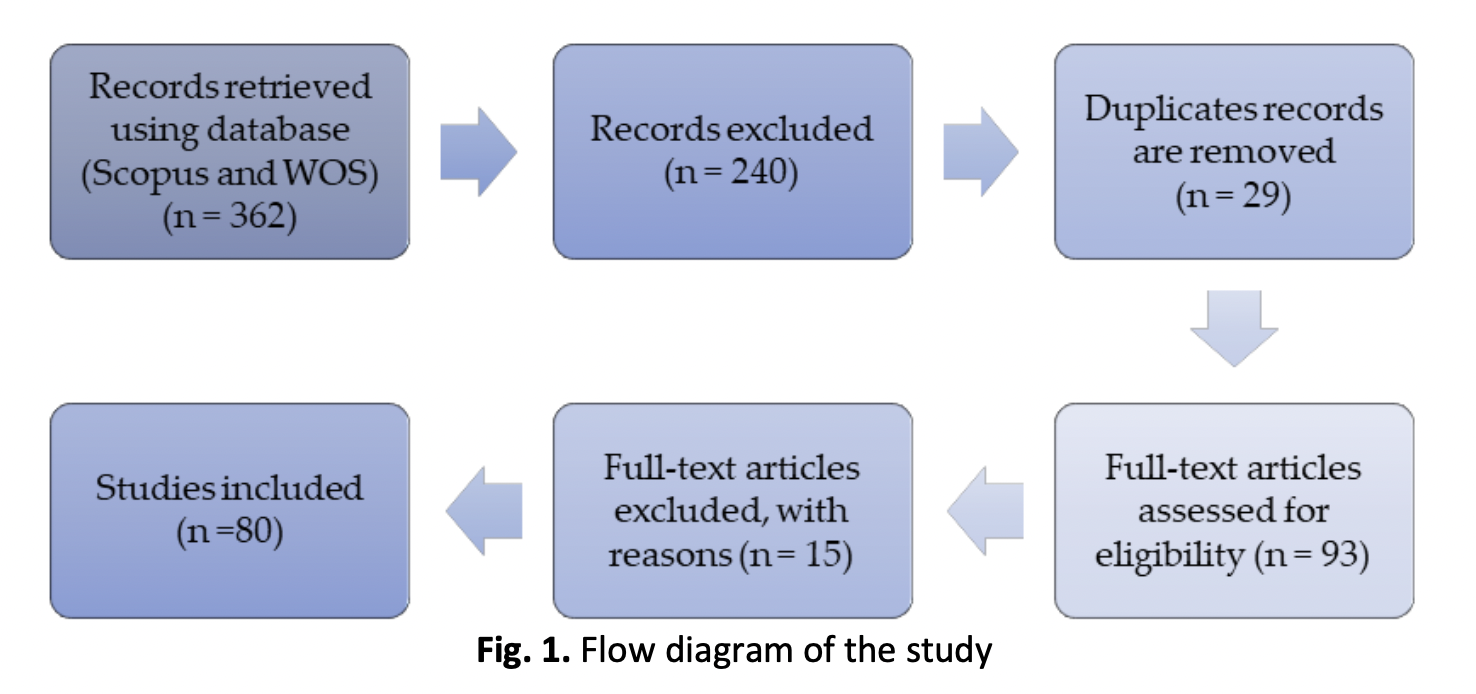Exploration of Recent Developments of Hybrid Nanofluids
DOI:
https://doi.org/10.37934/arfmts.114.2.130154Keywords:
Hybrid nanofluid, heat transfer, boundary layer flow, thematic reviewAbstract
Over the past two decades, research on hybrid nanofluids has developed at a breakneck pace. Hybrid nanofluids are the potential fluids that outperform conventional nanofluids heat transfer fluids regarding thermophysical characteristics and thermal performance. Hybrid nanofluids are traditionally prepared by emulsifying each nanoparticle into the base fluid independently or diffusing both particles as a composite form into the base fluid. Despite the popularity and broad application of hybrid nanofluids in industrial/manufacturing processes, the review article classifying the mathematical models and categorization of the various hybrid nanofluids is limited in the scientific community. In light of this, this study examines recent and past research articles on deterministic hybrid nanofluid flow problems by exploiting different categorizations and metrics (method to solve the differential equation, the geometry of choice and thermophysical effects that have been employed as well as the nano-particle types). Researchers will be able to use the findings of this study for a future research proposal. Essentially, it is to fill in the gaps in the literature, particularly regarding the mathematical model for hybrid nanofluid flow problems and determining the geometry, thermophysical properties, and nanoparticle type.
Downloads






























